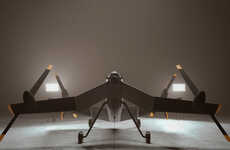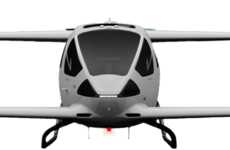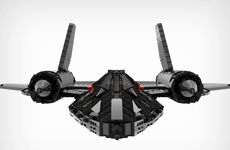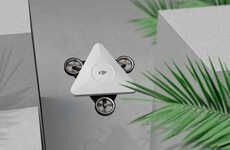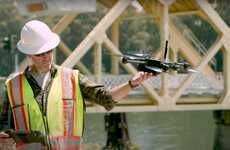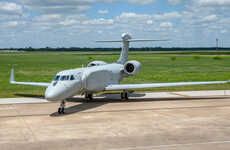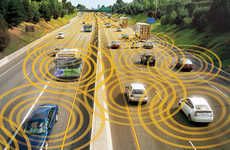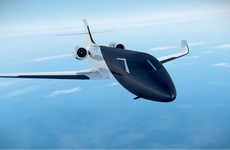
The Lockheed Martin TR-X Can Function With or Without Pilots
Rahul Kalvapalle — September 23, 2015 — Tech
References: lockheedmartin & gizmag
The Lockheed Martin TR-X is a newer, stealthier and highly improved version of the U-2 spy plane that was constructed at Lockheed Martin's Skunk Works all the way back in 1955. Back then, the aircraft was one of the most important intelligence, surveillance and reconnaissance instruments of the Cold War. This new version isn't slated to enter service for another decade, but is sure to have a huge impact when it does.
One of the most interesting features of the Lockheed Martin TR-X is the fact that it will be pilot-optional, meaning it can be controlled by a human pilot or feature more autonomous functioning. This particular feature could be highly advantageous in missions that represent clear and present dangers to human pilot.
Currently only a concept, the TR-X is certainly a fascinating idea and one that would be a boon to many people in the industrial world.
One of the most interesting features of the Lockheed Martin TR-X is the fact that it will be pilot-optional, meaning it can be controlled by a human pilot or feature more autonomous functioning. This particular feature could be highly advantageous in missions that represent clear and present dangers to human pilot.
Currently only a concept, the TR-X is certainly a fascinating idea and one that would be a boon to many people in the industrial world.
Trend Themes
1. Pilot-optional Aircraft - With the advent of autonomous technology and the need for dangerous missions, companies could pursue pilot-optional aircraft as a disruptive innovation opportunity.
2. Stealth Aircraft - As conflicts continue to emerge around the world, the need for stealth aircraft could lead to disruptive innovation opportunities for defense and surveillance industries.
3. Improved Intelligence, Surveillance, and Reconnaissance Instruments - Improved ISR capabilities could lead to the development of disruptive innovation opportunities for defense and surveillance industries.
Industry Implications
1. Defense - Defense manufacturers could incorporate pilot-optional and stealth technology into their aircraft, potentially creating a disruptive innovation opportunity.
2. Surveillance - Surveillance companies could use the improved capabilities of the TR-X as a starting point for developing their own disruptive innovation opportunities.
3. Aerospace - The aerospace industry could use the TR-X as a springboard for developing new technologies to improve flight and increase aircraft capabilities.
3.7
Score
Popularity
Activity
Freshness

